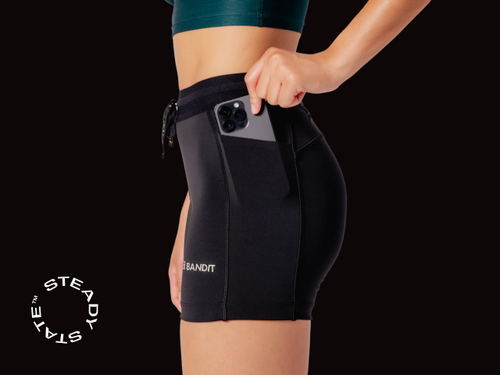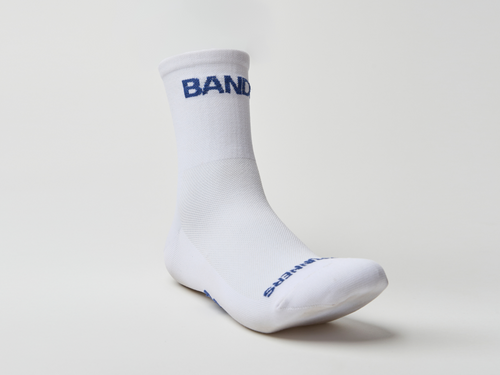As runners, we often keep a close eye on temperature and precipitation when planning our runs. Yet, there’s another weather metric that is equally, if not more, important but frequently overlooked: the dew point. This dew point is most likely the culprit for why you might feel like every run is unusually tough right now, or worse—why it seems as though your fitness is not progressing. Allow us to break-down what the dew point is, how to adjust your paces with it, and other best practices...
What is Dew Point?
In simple terms, dew point is the temperature at which air becomes saturated with moisture and water vapor begins to condense into dew. It provides a direct measure of the amount of moisture in the air. Unlike relative humidity, which represents the percentage of moisture in the air compared to what it could hold, the dew point gives a concrete number that remains consistent.
How Does a High Dew Point Affect Running?
-
Increased Perceived Effort: Moist air makes it harder for sweat to evaporate from your skin. Sweat evaporation is one of our primary cooling mechanisms. When it’s hampered by high dew points, our body has to work harder to maintain a safe internal temperature, thus increasing the perceived effort of a run.
-
Reduced Cooling: As mentioned above, sweat can’t evaporate as easily in humid conditions. This means that you might find yourself drenched in sweat early into your run, and the cooling effect you’d typically get from evaporation diminishes.
-
Hydration Concerns: With increased sweating, there's a higher potential for dehydration. Losing too much fluid can lead to cramps, decreased performance, and in severe cases, heat-related illnesses.
-
Breathing Challenges: Moist air can feel thicker and harder to breathe which can lead to shorter breaths and reduced oxygen intake, making your runs feel more laborious.
- Increased Heart Rate: Due to the extra strain on your body in conditions of high dew point, your heart rate might increase even at your usual running pace. It's essential to monitor your heart rate and adjust your speed to avoid overexertion.
Adjusting Your Paces & Breaking Down the Math

Use this handy chart to understand how the dew point and temperature impacts your running. For instance, today in Brooklyn it will be 91° and a dew point of 70°. That puts you right around the 160 block in the chart, which you'll see comes with a recommended pace adjustment of 4.5-6%.
So for example, let's say the plan was to run an 8:00 mile pace, but based on the dew point, we're going to adjust the pace by 5%. 5% of 8 minutes is 24 seconds, so your adjusted pace recommendation would be 8:24.
Our Best Tips for Running in High Dew Point Conditions:
-
Adjust Your Pace: Recognize that you might not hit your usual paces in high dew point conditions. Listen to your body and adjust your speed accordingly.
-
Stay Hydrated: Drink more water before, during, and after your runs. Consider carrying a hydration pack or planning routes with water stops.
-
Choose the Right Gear: Wear moisture-wicking and breathable fabrics that help with sweat evaporation and keep you cooler. Our Fall Collection does just that.
-
Run Early or Late: Avoid the heat and humidity peaks by running in the early morning or later in the evening.
- Listen to Your Body: If you feel dizzy, nauseated, or overly fatigued, stop, rest, and hydrate. It's always better to cut a run short than risk heat-related illnesses.
Despite the fact that you feel like you might not be making progress in your fitness, that's not truly the case. As soon as the dew point begins to lower, your body will feel a wave of relief and you'll see your paces drop lower more easily. The key in the meantime is to be aware of the dew point and make the pace adjustments so that you get quality runs in.












